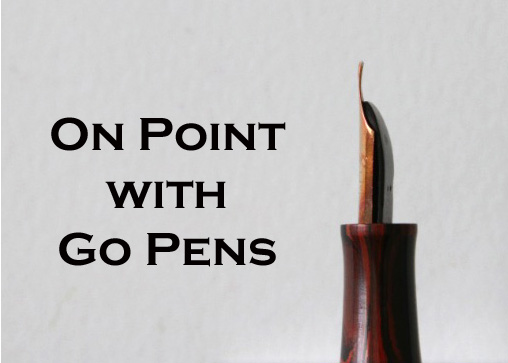
This 1928 Parker is a True Blue BF set. Designed as a lower cost market entry than the Duofold, initially named “Three Fifty” and the color called “Modernistic Blue and White,” production lasted only two years. GFT. Almost always found with heavy ambering, mint sets, such as this one, are extremely hard to find and highly desirable. Extra-fine/fine nib. A hint of ambering where the barrel is protected by the cap, otherwise near mint+ (could …

